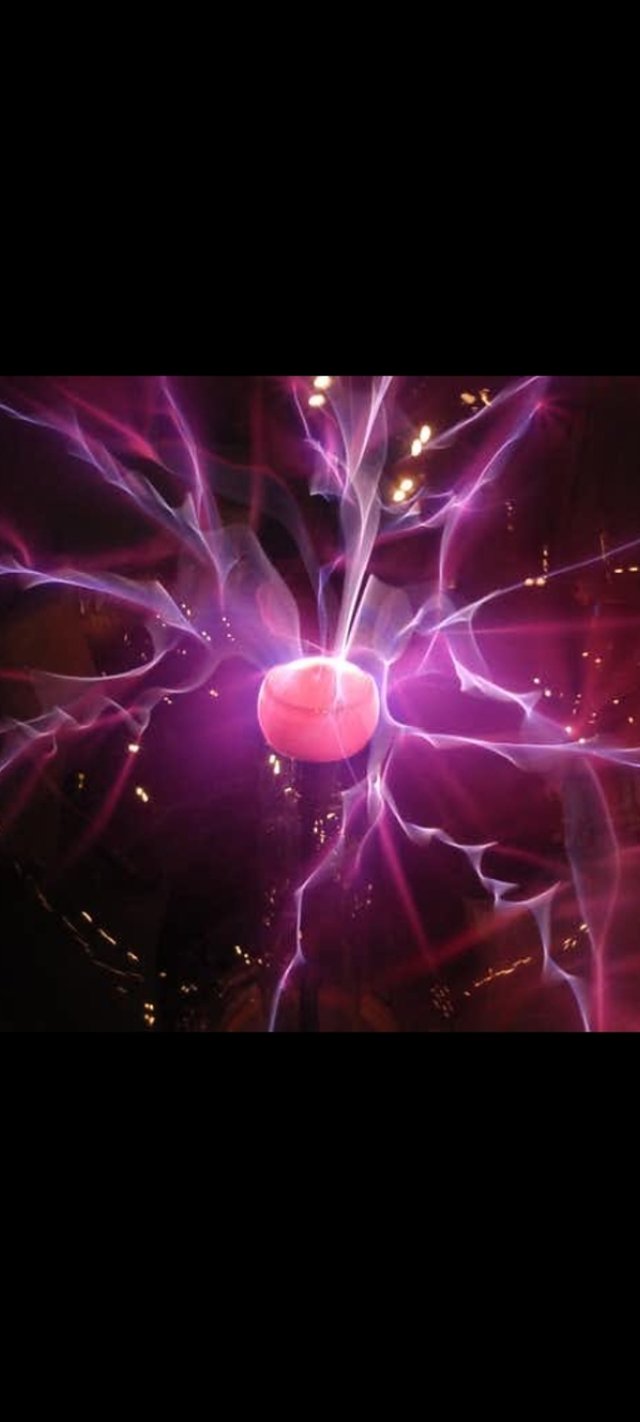
The first attempt to study structure of an atom can be traced back to 1803 when John Dalton hypothesized that “All atoms of a given element are identical to each other and equal in weight “. On November, 1895 Wilhelm Conrad Röntgen working in Germany accidentally discovered X-rays.
Nuclear physics was consider to be begin with the discovery of radioactivity .Antoine Henri Becquerel in 1896 published seven paper on radioactivity at that time when the only known fundamental interaction are gravity and electromagnetism . The material Becquerel chose to work with was a double sulfate of uranium and potassium placed on photographic plates wrapped in black paper. When developed, the plates revealed an image of the uranium crystals.In 1897 Sir Joseph John Thomson after the examination of cathode rays conclude that the rays were composed of very light, negatively charged particles which are the universal constituents of atom.He suggested that this fundamental subatomic particle is 1000 times smaller than atom .He named it “corpuscle” ,now known as electron.
Almost after one year of his discovery Marie Curie and Pierre succeed in separating a naturally occurring radioactive element radium (Z = 88).They discovered polonium and radium as new radioactive elements . In 1899 Ernest Rutherford discovered alpha and beta radiation from uranium.A french chemist and physicist Paul Villard in 1900 discovered gamma rays while investigating the radium salts.In 1902 half life was introduced to the world by Rutherford. In 1903 curie and Rutherford quantify decay energy.
In 1904 Sir Joseph John Thomson was came with his plum pudding model describing atom as positively charged ball with smaller negatively charged electrons embedded in it . In 1911 Ernest Rutherford proposed the existence of nucleus as the central part of an atom. In 1912 Aston develops his first spectrometer.
Niels Bohr publish his paper between 1913 and 1915 giving Bohr's theory of atomic structure .Bohr’s atomic model made use of quantum theory and the Planck constant . In same year Frederick Soddy introduces the concept of isotopes . The great discovery of Rutherford cames in 1919. This was his realization that it was possible to set up experimental situations where in atoms of a given element could be transmuted into those of another, when bombarded by nuclei of yet a third ,artificial radioactivity. Around 1920 he named the positively charged particle Proton.
Later in 1920 Sir James Chadwick measured the radii of few heavy element. In 1932 Chadwick succeed to give name to the radiations observed from nucleus as Neutron. In early 1934 Irene and Joliot-curie are found successful in carrying out artificial radioactivity.They published their paper in journal of French Academy of Science on 15 January ,1934.This discovery opens the field synthesis of short lived isotopes for medical treatment .In 1935 Hideki Yukawa proposed the theory of strong forces explaining how nucleus holds together. On December 17, 1938 nuclear fission of heavy elements was discovered by German Otto Hahn and his assistant Fritz Strassmann . One year later bohr and wheeler publish their fission paper which leads to the open new doors of nuclear weapons and medicine.